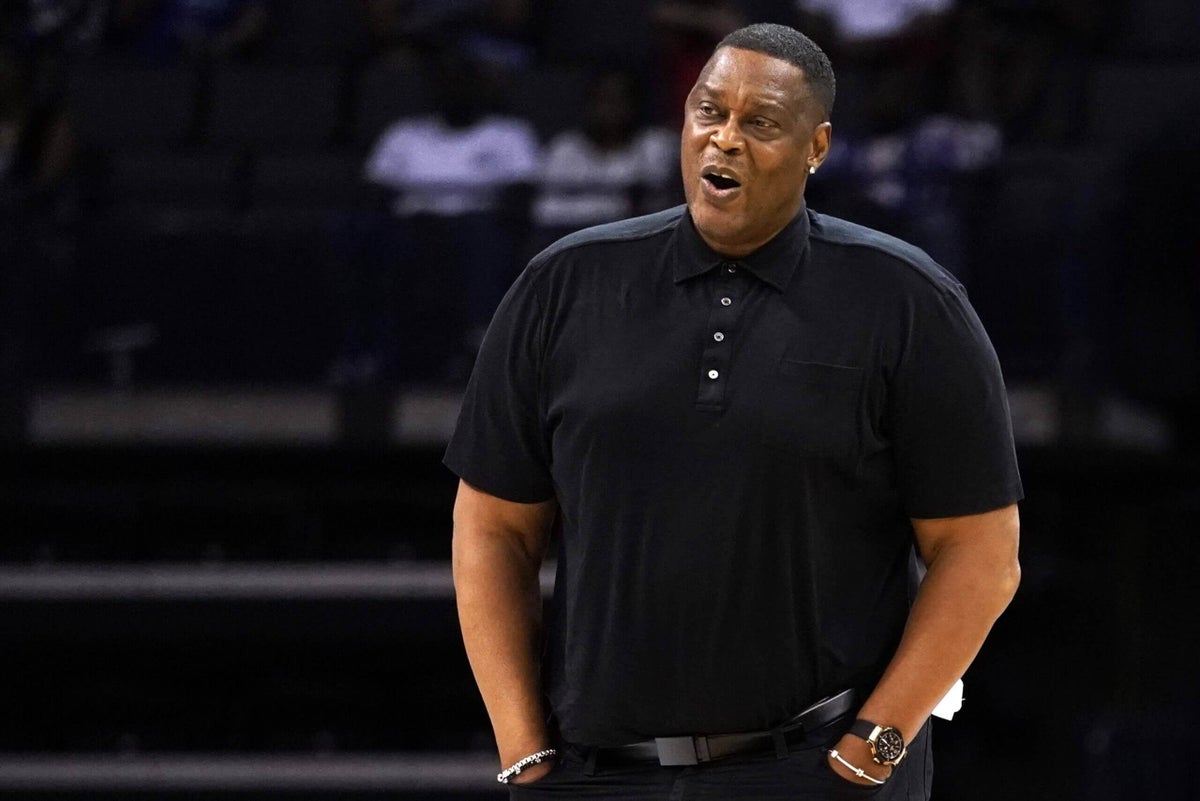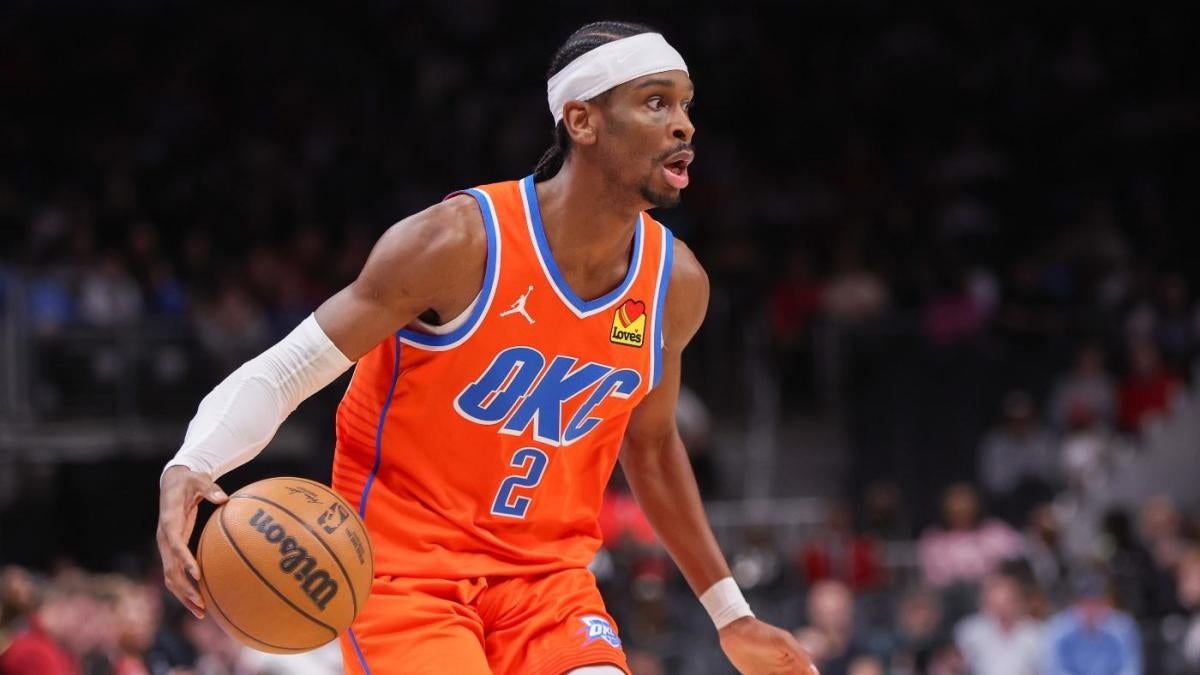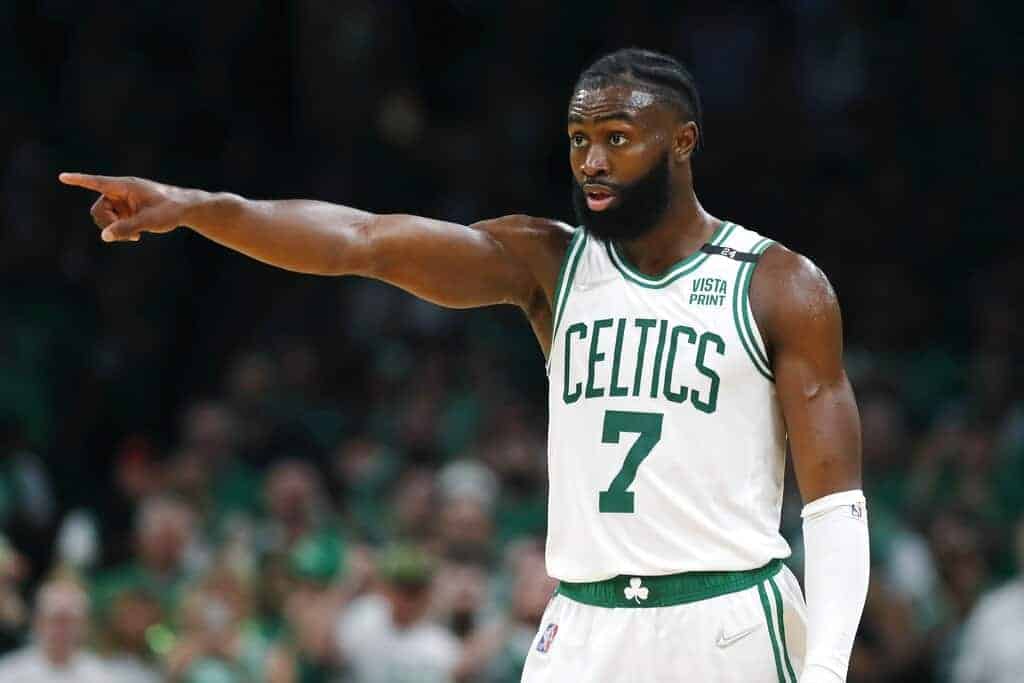Rick Mahorn was a second-round draft pick in 1980 with hopes of sticking with the then-Washington Bullets. As a rookie, Mahorn knew he had to learn as much as he could.
He also knew he had little time to waste.
“Coming out of Hampton, Division II school, I had to learn quickly because I was on a non-guaranteed contract,” Mahorn said.
Advertisement
He went on to have an 18-year career, which included winning an NBA championship in 1989 with the Detroit Pistons and earning second-team All-Defensive honors the following season with the Philadelphia 76ers. It helped that Mahorn had a great mentor coming up in a veteran teammate who became a Hall of Famer.
“Wes Unseld really sped up my growth in the NBA,” Mahorn said. “I owe a lot to Pop. Called him Pop until the day he died.”
Mahorn built the reputation of being one of the most physical players during a physical era of the NBA, but it was a defensive technique he mastered throughout his career, with Unseld’s tutelage, that has helped put his name back in conversations during the league’s current playoffs. It’s a subtle-yet-effective move that casual fans might miss on first glance.
While playing post defense, Mahorn would wait for a player, back to the basket, to make a move with the ball. Once that player moved, Mahorn would move backward, resulting in the player either becoming off-balance or falling down, which would lead to a turnover or a bad shot.
Basketball die-hards know the move as “pulling the chair.” Some even call it the “Rick Mahorn.” While he didn’t invent it, he surely became its gold standard.
Mahorn played with the Bullets, Pistons, Sixers and New Jersey Nets during his 18 seasons. He may be remembered best for his time with the Pistons, but as a young player with the Bullets, he learned that trick from Unseld, an NBA champion in an era when bigs dominated. Unseld was listed at 6 feet 7, but the 6-foot-10 Mahorn said he was shorter but played larger.
Unseld often shared some of his techniques with the rookie, which physically and mentally helped Mahorn carve out a successful career.
“He would kick my ass every day of practice,” Mahorn said, “so I figured I had to learn something from getting my ass kicked.”
Advertisement
Mahorn’s ability to set up the move was due to a change in NBA rules. Defenders weren’t allowed to extend their arms in using their hands defensively in the post, but they could use their forearms with their arms bent.
Mahorn was a powerful big, and when defending the post, players would lean against his arm. It was the perfect opportunity for him to pull the chair, take advantage of an opponent’s misstep and create a highlight clip — or, more like a lowlight — for whoever had the ball.
“When a guy started to make his move, because I was holding them up, all I did was move my forearm, and they would fall on the floor,” Mahorn said. “That’s when Wes Unseld used to say, ‘Olé! Olé! Olé!’ like you’re the bullfighter.”
Playoff action this month has included a couple of occasions when we’ve heard the phrases “pulling the chair” and “pulling a Mahorn.” It was said during Game 2 of the Boston Celtics-Orlando Magic series. It also was said, fittingly, during the Pistons’ Game 2 matchup against the New York Knicks.
Phoenix Suns forward Royce O’Neale has used it well as an undersized interior player. Boston Celtics guard Jrue Holiday has used it to defend larger opponents.
It has been an effective technique for decades, but opponents don’t like being embarrassed. Some players got mad because they not only fell but also were called for traveling.
Mahorn, who works for the Pistons as a radio announcer, was always one of the game’s most colorful talkers during his playing career. Pulling the chair stories have made for interesting banter after his career.
“I remember Hakeem Olajuwon said to me, ‘You won’t get me with that move again, man,’” Mahorn said. “And then he said to me, ‘Sorry, did I shake you?’ because he had the Dream Shake. … That was him being a competitor.”
Charles Barkley once got Olajuwon to bite in a 1994 playoff game between the Suns and Houston Rockets. Barkley took advantage of Olajuwon’s lack of leverage during a Western Conference semifinal matchup. In 2003, Pistons guard Chauncey Billups pulled the chair on the Cleveland Cavaliers’ Ricky Davis — and did so in the presence of a smiling Mahorn, who was working play-by-play.

Rick Mahorn played 18 seasons in the NBA. Pulling the chair became something of a signature move for him on defense. (Kirk Irwin / BIG3 / Getty Images)
The move also led to fun scenarios involving teammates. Mahorn had two stints as a player with the Pistons, the second running from 1996 to 1998. The team had its own reward system for hustle plays, such as $200 for drawing a charge.
Mahorn remembers having a conversation with Pistons head coach Doug Collins about how he could benefit from the reward system in his own way.
Advertisement
“I said I don’t take charges, but I’ll make a person fall. I mean, it’s the same thing — a turnover,” Mahorn said. “Every time I would make someone fall, you could hear the bench going, ‘Cha-ching! Cha-ching!’ That was kind of the incentive thing back in the day.”
It’s also a reminder that there are still ways to affect the game and force turnovers without relying on physicality or athleticism. Mahorn admitted it’s still fun to hear an announcer say someone “pulled the Rick Mahorn.” He said Grant Hill — who was his teammate in Detroit — and Ian Eagle are among the announcers he hears name the move after him.
Teams don’t play through the post as much in today’s NBA, so there aren’t as many chances to see someone pull the chair. But it’s always fun for Mahorn when he watches someone make the play.
“I shoulda coined that phrase and got money every time I hear it,” he said.
(Top photo of Rick Mahorn: Cooper Neill / BIG3 / Getty Images)


